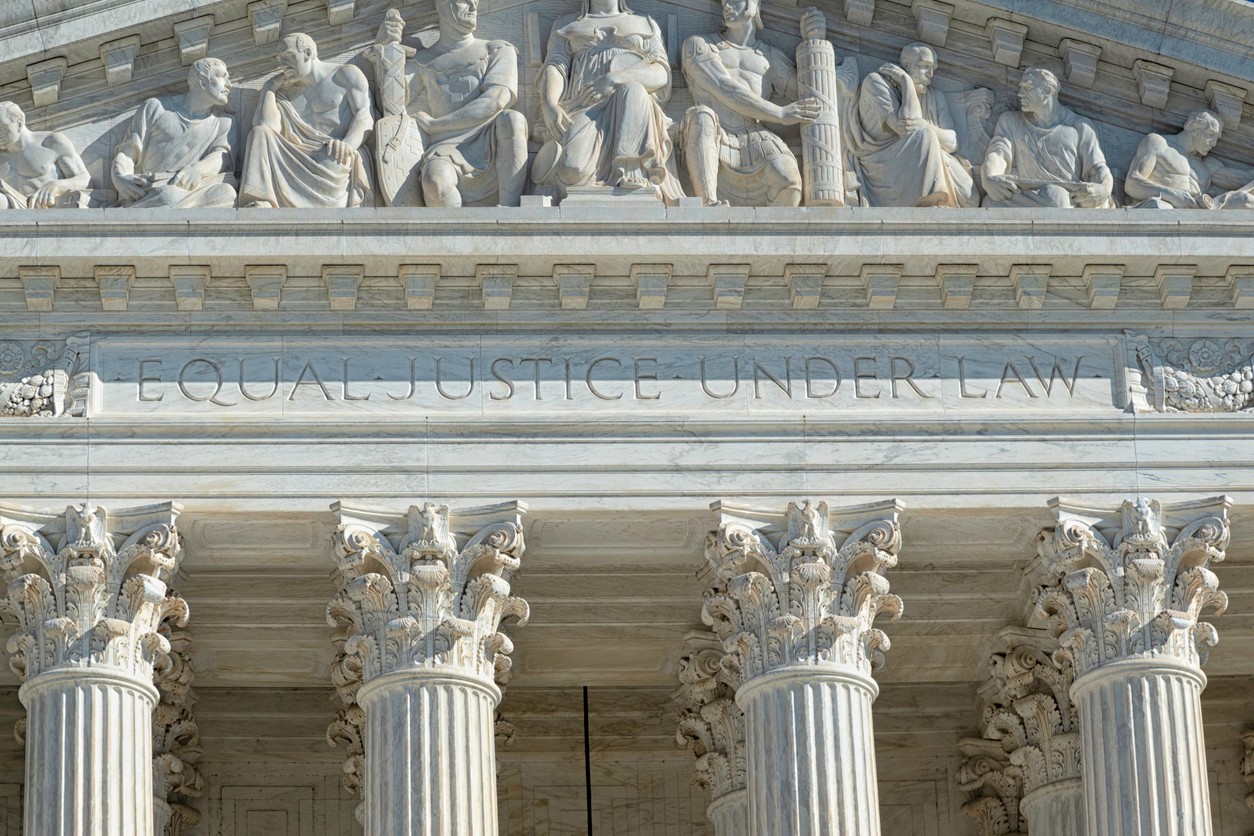
Slate: How the Supreme Court has shaped the US economy
“The ways that Supreme Court decisions impact Americans’ rights and freedoms tend to get headlines — but there’s another way the court shapes our lives that is often overlooked. Since the country’s founding, the Supreme Court has played a significant role in shaping the U.S. economy by managing the mix of government and markets,” wrote Joseph Tomain, dean emeritus at the University of Cincinnati College of Law, and Sidney Shapiro, professor at the Wake Forest University School of Law, in their recent article “How the Supreme Court has shaped the US economy” for Slate.com.
In the article, which is based on their new book, "How Government Built America," the authors make the case that the court at times has been pro-market and protected business against regulation, but it has also facilitated the capacity of government to promote and ensure the country’s fundamental values of equality, liberty, fairness and the public interest when markets were performing in ways inconsistent with those values.
Tomain and Shapiro provide a short overview of the Supreme Court and its’ rulings from the country’s founding to the Great Depression to the Great Society to today, and the impact of those decisions on both markets and society in general. They take a close examination of the Roberts court, most recently known for overturning Roe v. Wade, expanding gun rights, restricting voting and gutting affirmative action. They note that the Roberts Court has also reversed the long trend of deferring to the mix of government and markets favored by the democratic process for most of the 20th century.
The authors discuss how Supreme Courts have pushed back after Congress expanded government to counteract market conditions inconsistent with the country’s fundamental values, recognizing that government overreach can occur. However, the Supreme Court exists to rein it back in in such circumstances.
Read Tomain and Shapiro’s editorial “How the Supreme Court has shaped the US economy” for more insight into their perspective.
Lead photo: US Supreme Court (istockphoto.com)
Related Stories
Slate: How the Supreme Court has shaped the US economy
June 28, 2024
University of Cincinnati law professor, Joseph Tomain, wrote a Slate editorial discussion how the Supreme Court has shaped the US economy.
New year begins as Cincinnati Law welcomes Class of 2024
August 18, 2021
UC College of Law's Class of 2024 kick off the new academic year.
The New York Times: Using opera to shine a light on wrongful imprisonment
February 16, 2024
The New York Times highlighted UC Law's Ohio Innocence Project and signature operate in national article.
